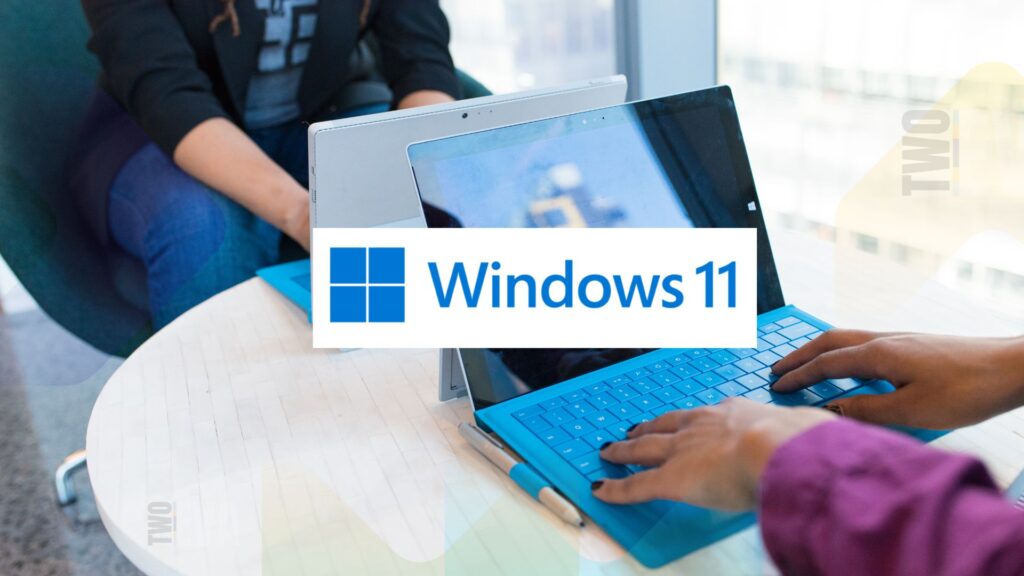Microsoft’s latest forecast predicts a slowdown in Azure’s growth for the second quarter of fiscal 2025, casting doubt over the tech giant’s aggressive AI investments and raising concerns among investors. Despite reporting a first-quarter revenue increase of 16% to $65.6 billion, Microsoft’s shares dipped 3.8% in after-hours trading as investors responded to the news of projected slower growth in its core cloud business.
Slowdown Despite Aggressive AI Push
In recent quarters, Microsoft has poured billions into artificial intelligence (AI) integration, embedding AI capabilities into Azure and products like the Microsoft 365 suite. While the AI push contributed roughly 8 percentage points to Azure’s growth, the cloud service’s momentum has noticeably slowed. Brett Iversen, Microsoft’s VP of Investor Relations, commented that due to “capacity constraints,” these AI efforts will not fully impact Microsoft’s performance until the second half of the fiscal year.
This AI-centered strategy has pushed Microsoft’s capital expenditures to $20 billion, up from $19 billion in the previous quarter. For comparison, this spend is the highest among Big Tech, surpassing even Amazon and Google. Yet, the recent dip in Azure’s growth—from 31% to 29%—has raised questions over whether Microsoft can sustain its ambitious growth trajectory, especially as Google Cloud, buoyed by AI demand, reported a 35% growth rate.
How Microsoft’s Growth Challenges Compare to Rivals
Microsoft’s AI-heavy strategy reflects a larger industry-wide shift, with competitor, Google competing in the high-stakes AI and cloud markets. Alphabet, Google’s parent company, recently credited its AI integration for boosting its cloud business, which increased 35%, underscoring Microsoft’s urgency in staying competitive. The same applies to Meta with their integration of AI search into their products.
However, Microsoft’s unique partnership with OpenAI, the creator of ChatGPT, has given it early access to advanced AI models, which it deploys across products like Excel and Bing. This partnership, Microsoft executives hoped, would help differentiate Azure from competitors. Yet, the rollout of these new AI features hasn’t been seamless, and slower-than-expected adoption has left investors questioning if Microsoft can capitalize on its AI lead fast enough to offset rising costs.
Strategic Adjustments and Long-Term AI Goals
Microsoft is expanding Azure’s hybrid and multi-cloud solutions to tackle growth hurdles, allowing companies to integrate their on-premise systems with cloud operations. Additionally, Azure Resource Optimization is being rolled out to help customers manage spending by identifying underutilized resources, reflecting Microsoft’s focus on cost management within its Intelligent Cloud division.
Another key approach involves building ecosystem partnerships, such as Microsoft’s collaboration with Oracle, intended to expand Azure’s reach and technical capabilities. According to analyst Gil Luria, these moves indicate that “Microsoft may be escalating a CapEx war that it may not be able to win,” noting how extensive capital spending can weigh on margins long-term.
Balancing Growth with Infrastructure Demands

The challenges for Microsoft’s Azure growth are underscored by capacity issues. As it stands, Microsoft’s current infrastructure struggles to keep up with AI demand, resulting in partial Azure service outages and reinforcing the need for more robust data centre investments. With AI features still in the early adoption stages, this capacity constraint is a major obstacle to growth, as companies look to cloud providers that guarantee stability and scale.
Despite these hurdles, Microsoft remains optimistic about its future in the AI cloud arena. CEO Satya Nadella remarked that Azure AI’s customer base has grown nearly 60% year-over-year, signalling a growing interest in AI-powered services. Whether this interest translates into revenue growth at a pace that satisfies investors remains a critical question.
Investor Patience Wearing Thin
As Microsoft projects a second-quarter growth of 31%-32% for Azure, down from earlier targets, investor confidence appears to be wavering. The stock’s recent performance reflects this caution, as Microsoft’s shares have grown just over 15% this year, compared to Meta’s 68% surge and Amazon’s 28% rise. The upcoming quarters will reveal whether Microsoft’s AI investments can meet heightened market expectations and transform its Azure forecast into a sustainable growth story, or if Big Tech’s AI arms race will pressure margins to an unsustainable degree.


















